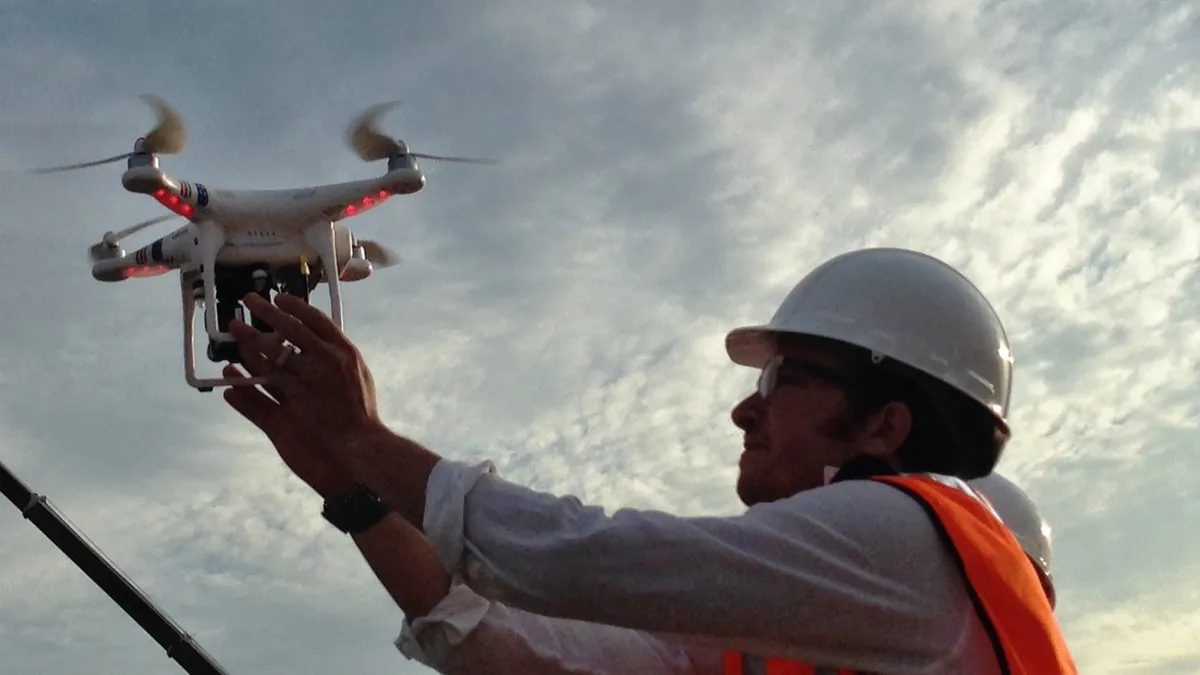Dive Brief:
- Following Skyward's lead, drone operations management platform AirMap can now grant access to controlled airspace for commercial drone operators through its mobile app, according to the Federal Aviation Administration.
- Drone operators applying through AirMap can seek out automated authorization for drone use within pre-designated areas and heights and manual approval for flights outside of those parameters.
- The capability lets users apply for authorization 30 days ahead of operations.
Dive Insight:
The continuation in FAA permissions suggest growing momentum in the commercial drone market's move toward the mainstream. Already, the test program allowing Skyward to grant such permissions is being implemented at airports in Cincinnati; Reno, NV; San Jose, CA; and Lincoln, NE.
That program, and any similar tests that follow, could help relieve the growing logjam of authorization requests FAA officials have reported. By July, the administration had accumulated more than 20,000 such requests in its 2018 fiscal year, with 6,000 more to process, according to the Lincoln Journal Star.
An increasing backlog of authorizations requests points to a trend analysts had already predicted: Drone use is only going to become more popular with more mature development and widespread use. The FAA anticipates more than 400,000 commercial unmanned aerial vehicles (UAVs) will take flight by 2021, a significant rise from 42,000 at the end of last year.
Since the administration rolled out its final commercial drone rules in 2016, drone software and hardware developers have been quick to jump on honing the technology. Parrott Professional recently launched a thermal-imaging drone designed specifically for the construction industry and public safety enforcers. The model is designed to capture images that allow project teams to glean precise data from its two embedded cameras.
Construction companies, too, have been eager to fold the tech into their job site operations. The industry alone is set to be the leading force behind commercial drone uptake as its fastest-growing market segment from now until 2026.
Recent drone use in disaster relief efforts following Hurricanes Harvey and Irma are also likely to have a positive effect on supporting expanded drone adoption. After the storms, the FAA issued more than 200 approvals for emergency-drone use before calling the technology "invaluable in supporting response and recovery efforts."
Another initiative from the Department of Transportation aims to expedite mainstream drone use through state and local governments. The program would enable government agencies to allow flights above people, after dark and beyond the visual line of sight, which the FAA currently forbids.













